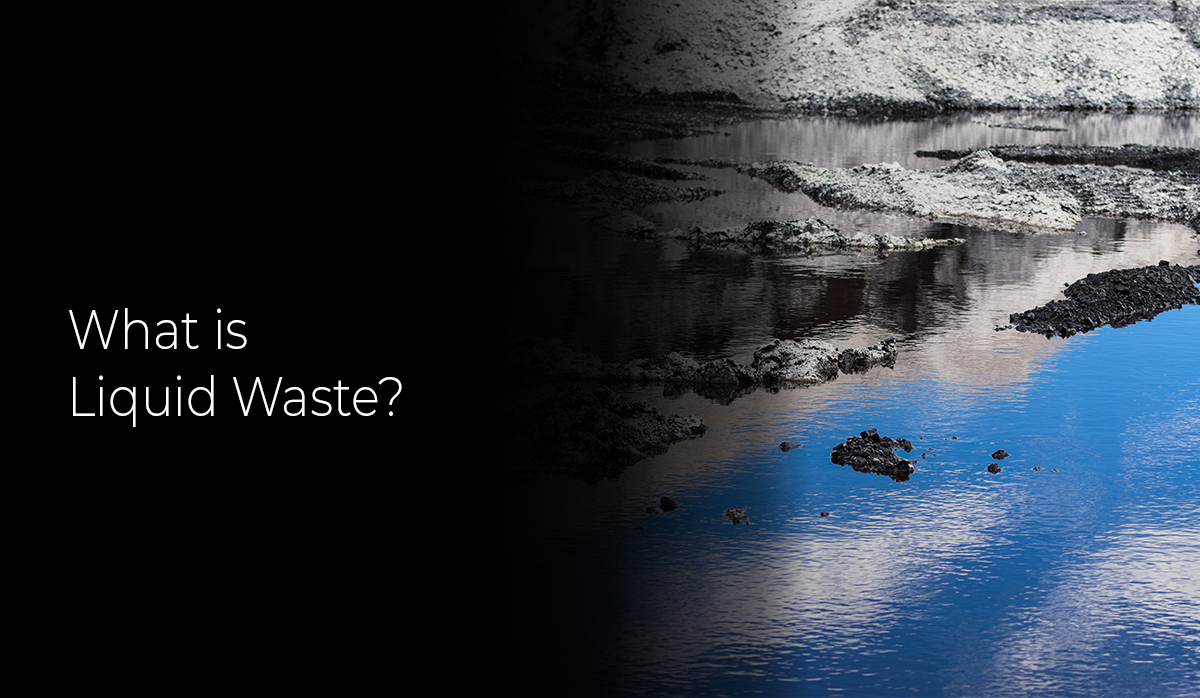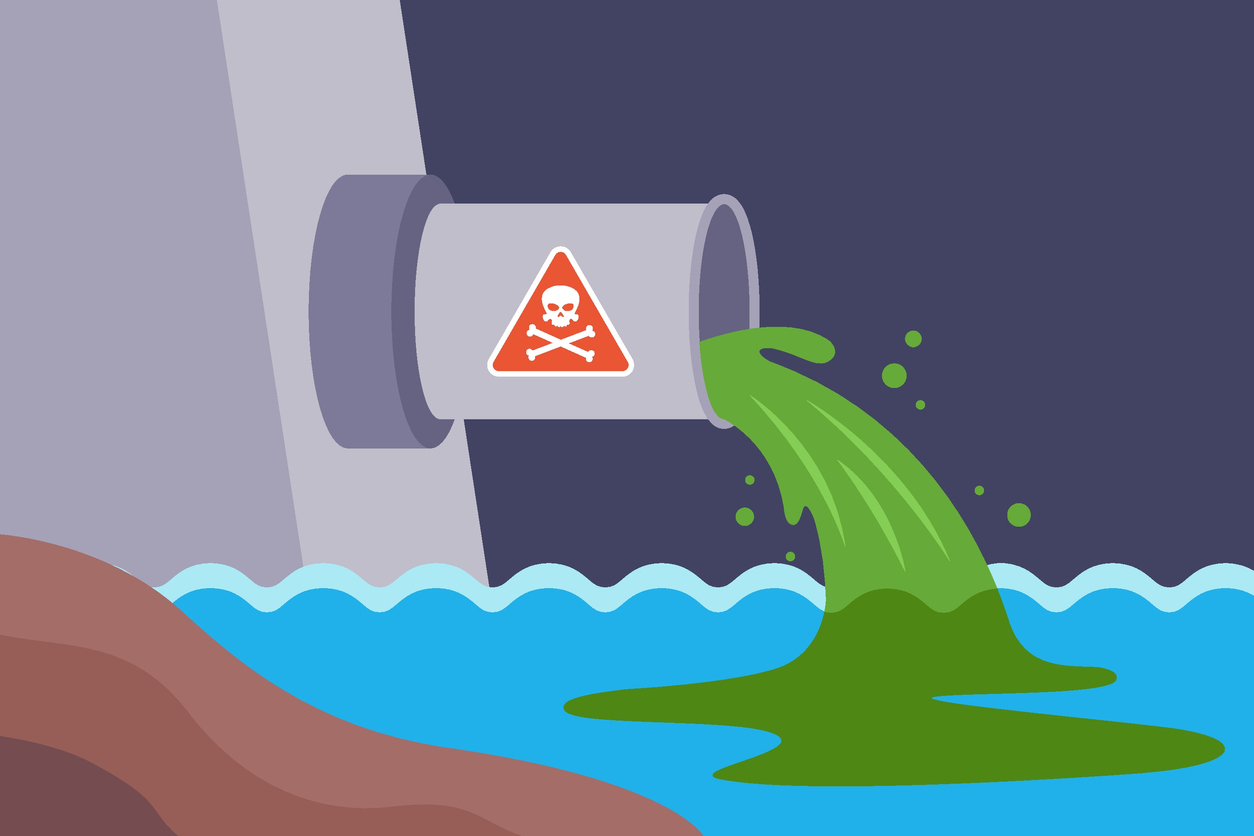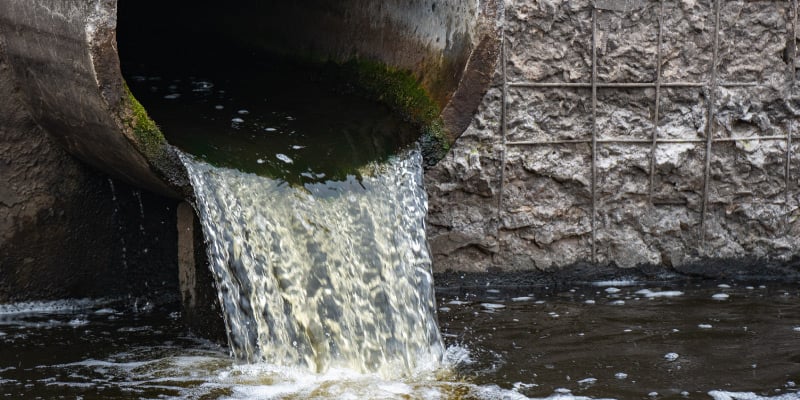Comprehensive Liquid Waste Disposal: Solutions for Homes and Services
Comprehensive Liquid Waste Disposal: Solutions for Homes and Services
Blog Article
Exactly How Liquid Waste Disposal Works: A Detailed Overview of Strategies and Technologies Used

Review of Fluid Waste Types
The intricacy of liquid waste kinds requires an extensive understanding of their qualities and effects for disposal. Fluid waste can broadly be classified into several kinds, including commercial, community, farming, and unsafe waste. Each classification shows distinctive residential or commercial properties, calling for certain administration techniques to minimize ecological and health and wellness risks.
Industrial liquid waste originates from manufacturing procedures and commonly consists of a series of pollutants, such as hefty steels, solvents, and organic compounds. Local fluid waste, primarily comprising wastewater from families and business facilities, includes natural issue, nutrients, and pathogens (industrial wastewater treatment). Agricultural fluid waste, including runoff from farms, might contain fertilizers, pesticides, and animal waste, positioning dangers to water high quality and communities
Unsafe fluid waste is characterized by its toxicity, reactivity, or prospective to create harm. This classification includes substances like acids, bases, and particular chemicals that demand rigorous handling and disposal protocols. Understanding these varied fluid waste types is crucial for creating efficient disposal methods and ensuring compliance with environmental regulations. Appropriate category and characterization are crucial for carrying out ideal therapy strategies and decreasing the adverse influence on public health and the environment.
Physical Treatment Methods

Testing is the first step, where larger fragments and particles are eliminated from the liquid waste using screens or grates. In sedimentation tanks, larger bits settle at the base, developing a sludge layer, while the clarified liquid can be more dealt with.
Filtering is one more essential technique that includes passing the fluid through porous materials, such as sand or membranes, to catch smaller bits. This step improves the quality of the fluid, making it suitable for succeeding treatment procedures.

Chemical Therapy Strategies
Chemical therapy methods are necessary for properly taking care of liquid waste, especially in attending to liquified and colloidal pollutants that physical approaches might not properly eliminate. These strategies utilize different chemical representatives to reduce the effects of, precipitate, or transform harmful materials into less dangerous forms.
One typical method is coagulation and flocculation, where chemicals such as alum or ferric chloride are included in promote the gathering of put on hold bits. This procedure boosts sedimentation, allowing for less complicated elimination of the resulting sludge. Furthermore, oxidation processes, employing representatives like chlorine or ozone, are utilized to break down intricate organic compounds and virus, rendering the waste more secure for discharge or further treatment.
Neutralization is one more important strategy, which adjusts the pH of acidic or alkaline waste streams to neutral degrees, protecting against prospective harm to downstream systems and the environment. In addition, advanced oxidation processes (AOPs) utilize combinations of oxidants and ultraviolet light to deteriorate consistent contaminants, achieving a greater level of therapy effectiveness.
Organic Treatment Procedures
Biological therapy processes play an important role in the monitoring of liquid waste by making use of microorganisms to decay raw material and minimize impurity levels. These procedures can be extensively classified into anaerobic and aerobic therapies, each employing specific microbial neighborhoods to achieve reliable waste deterioration.
Cardiovascular therapy entails the usage of oxygen to help with the failure of organic products by bacteria. This procedure is typically implemented in activated sludge systems, where oygenation tanks supply a conducive atmosphere for microbial development, causing the oxidation of organic toxins. The resultant biomass can be separated from dealt with effluent through sedimentation.
In comparison, anaerobic treatment takes place in the lack of oxygen, counting on different microorganisms to break down raw material. This technique is especially helpful for high-strength waste, as it produces biogas, a renewable resource source, while lowering sludge production. Technologies such as anaerobic digesters are often used in industrial and municipal applications.
Both aerobic and anaerobic organic therapies not just minimize the environmental impact of liquid waste however likewise assist in source healing, making them necessary components of lasting waste monitoring strategies. Their versatility, efficiency, and performance sustain their prevalent execution throughout various markets.
Arising Technologies in Disposal
Cutting-edge approaches to liquid continue reading this garbage disposal are swiftly developing, driven by innovations in modern technology and a raising focus on sustainability. Among these arising modern technologies, membrane about his layer bioreactors (MBRs) have gained grip for their capacity to integrate biological therapy with membrane filtration, causing high-grade effluent that can be recycled in different applications. MBRs allow smaller impacts and extra efficient operations contrasted to typical systems.
An additional encouraging development is the usage of anaerobic food digestion combined with nutrient recovery modern technologies, which not just deals with liquid waste however likewise produces biogas and recovers important nutrients like nitrogen and phosphorus. This twin benefit improves source efficiency and reduces environmental effect.
In addition, advanced oxidation processes (AOPs) are being embraced for the destruction of intricate organic pollutants. These techniques make use of effective oxidants and stimulants to break down pollutants at the molecular degree, providing a very efficient remedy for difficult waste streams.
In addition, the assimilation of synthetic knowledge and artificial intelligence in waste administration systems is enhancing operational effectiveness and anticipating upkeep, leading to reduced costs and improved environmental compliance. These technologies reflect a significant shift in the direction of even more reliable and lasting fluid garbage disposal techniques.
Final Thought
In conclusion, reliable liquid waste disposal demands a detailed understanding of various methods and technologies. By her response constantly progressing these approaches, it comes to be possible to attend to the expanding challenges connected with liquid waste, eventually adding to environmental protection and source healing.
Fluid waste disposal is a vital facet of environmental administration, calling for an extensive understanding of numerous strategies and technologies customized to various waste kinds. Fluid waste can generally be classified into several types, consisting of commercial, municipal, agricultural, and dangerous waste. Agricultural fluid waste, consisting of drainage from ranches, might contain fertilizers, pesticides, and animal waste, presenting threats to water top quality and environments.
Different physical therapy techniques play an essential role in managing liquid waste effectively - industrial wastewater treatment.In conclusion, effective liquid waste disposal necessitates an extensive understanding of different methods and innovations
Report this page